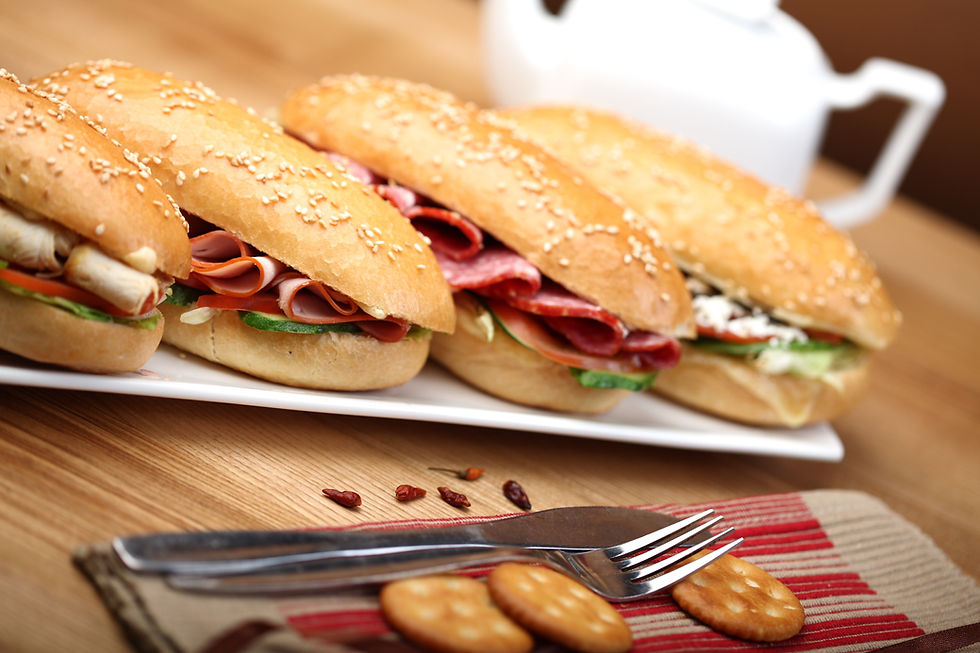05.03.2019: One Lesson of Math - Permutations and Combinations, 1/5: The Fundamental Counting Princi
- Steven C. Mills

- May 3, 2019
- 2 min read

Today's soundtrack is Petra: Unseen Power.
I'm on to the first of two units in the final module of this math course. Today, I'm learning about the fundamental counting principle. It sounds pretty basic; I know how to count. How hard could this be?
The Fundamental Counting Principle lets us determine how many possible combinations there are of a group of choices. To find the total combinations available, we multiply the number of choices in each category by the number of choices in the other categories. For example, if I am going car shopping, I can determine how many choices are available to me. Let's say I go to the Chrysler dealership and they say "You can choose a truck, a car, or a minivan. Each of them comes in red, blue, black, or silver. And each one can be purchased with either automatic or manual transmission." So I know that I have three choices of vehicle, four choice of colour for each one, and two choice of transmission for each one. So I could choose a black truck with manual transmission, a black truck with automatic transmission, a red minivan with manual transmission, a silver car with automatic transmission, etc. Multiplying my choices together (3x4x2), I know that I have 24 unique combinations available to me.

What if we run into a situation where the number of choices changes? For example, if I want to order a sub sandwich with meat and three vegetable toppings, I want three different toppings. I don't want a sub filled with onions, onions, and onions. In those cases, we subtract from a category as we go along. So let's say I'm at a store that offers two kinds of bread, white or whole wheat. There are three meat options: chicken, roast beef, or ham. There are two sauces: ranch and chipotle. And there are five vegetable toppings available: spinach, lettuce, tomato, olives, and onions. So my equation would be 3x2x2x5x4x3, giving me 720 different available combinations of sub sandwich with three unique vegetable toppings.
In summary, the fundamental counting principle: "If one item can be chosen m ways, and for each way another item can be chosen n ways, then both items can be selected m x n ways" (contentconnections.ca).



Comments